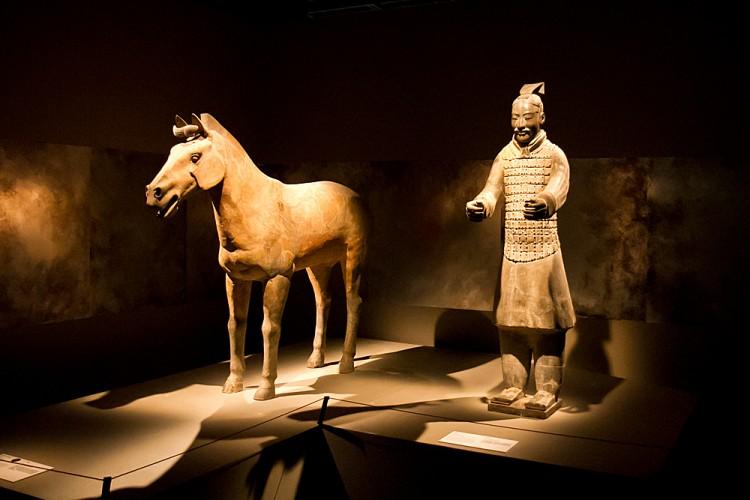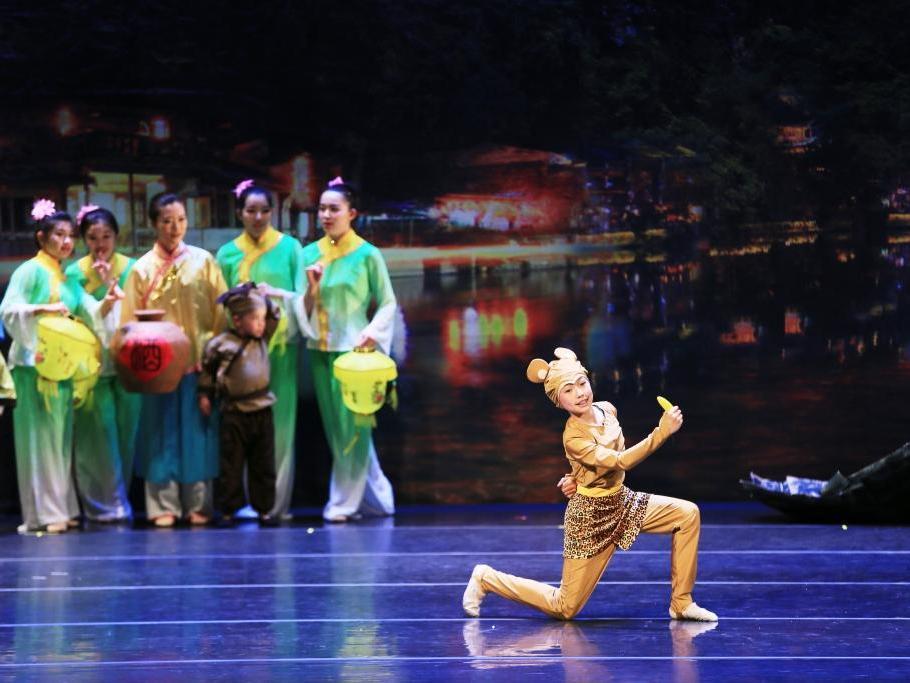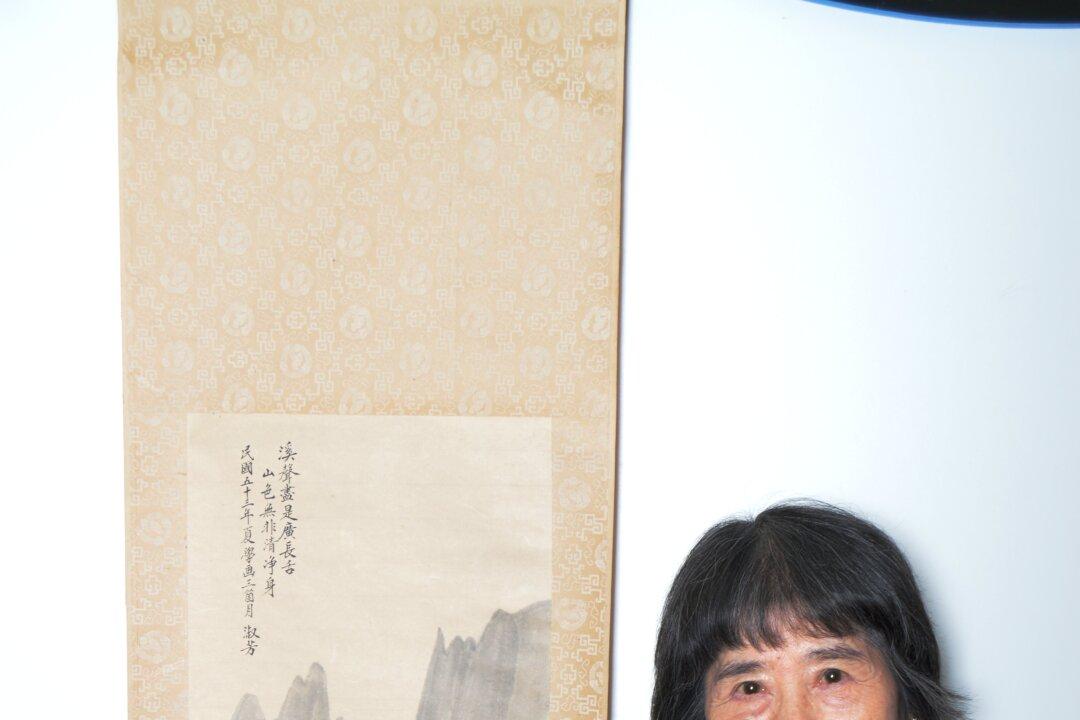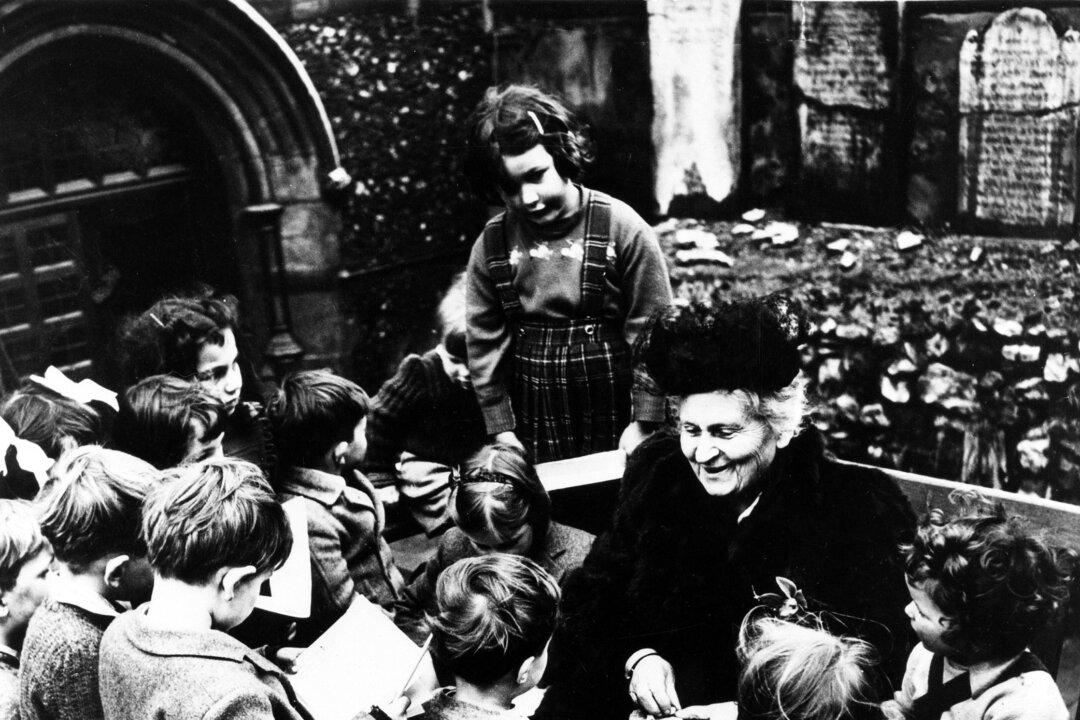Clay Army on the March: San Francisco to Host Terra Cotta Warriors
To celebrate the arrival of the Terra Cotta Warriors in San Francisco, Stanford Professor Emeritus Albert E. Dien discussed their importance in a lecture on Jan. 26.

A drainage pipe used at the palace of China's first emperor to to siphon rainwater from 210-209 B.C. Benjamin Chasteen/The Epoch Times
|Updated:





